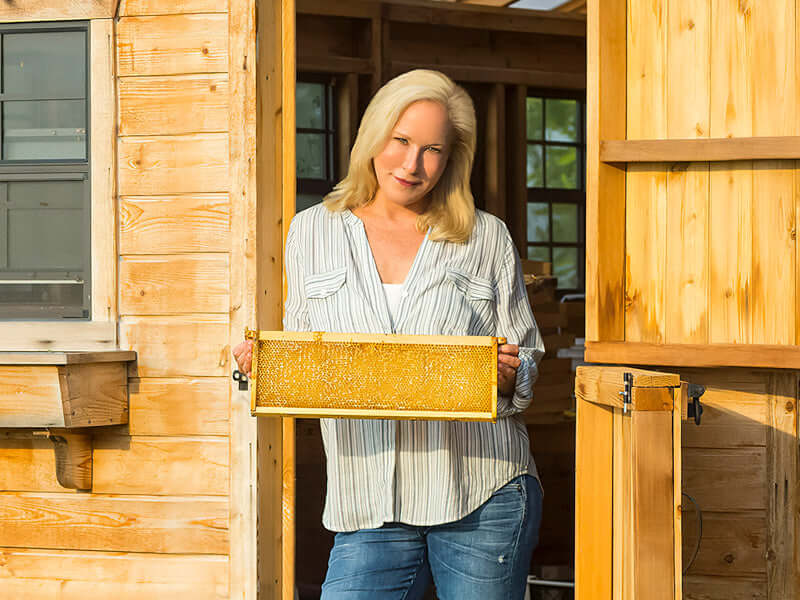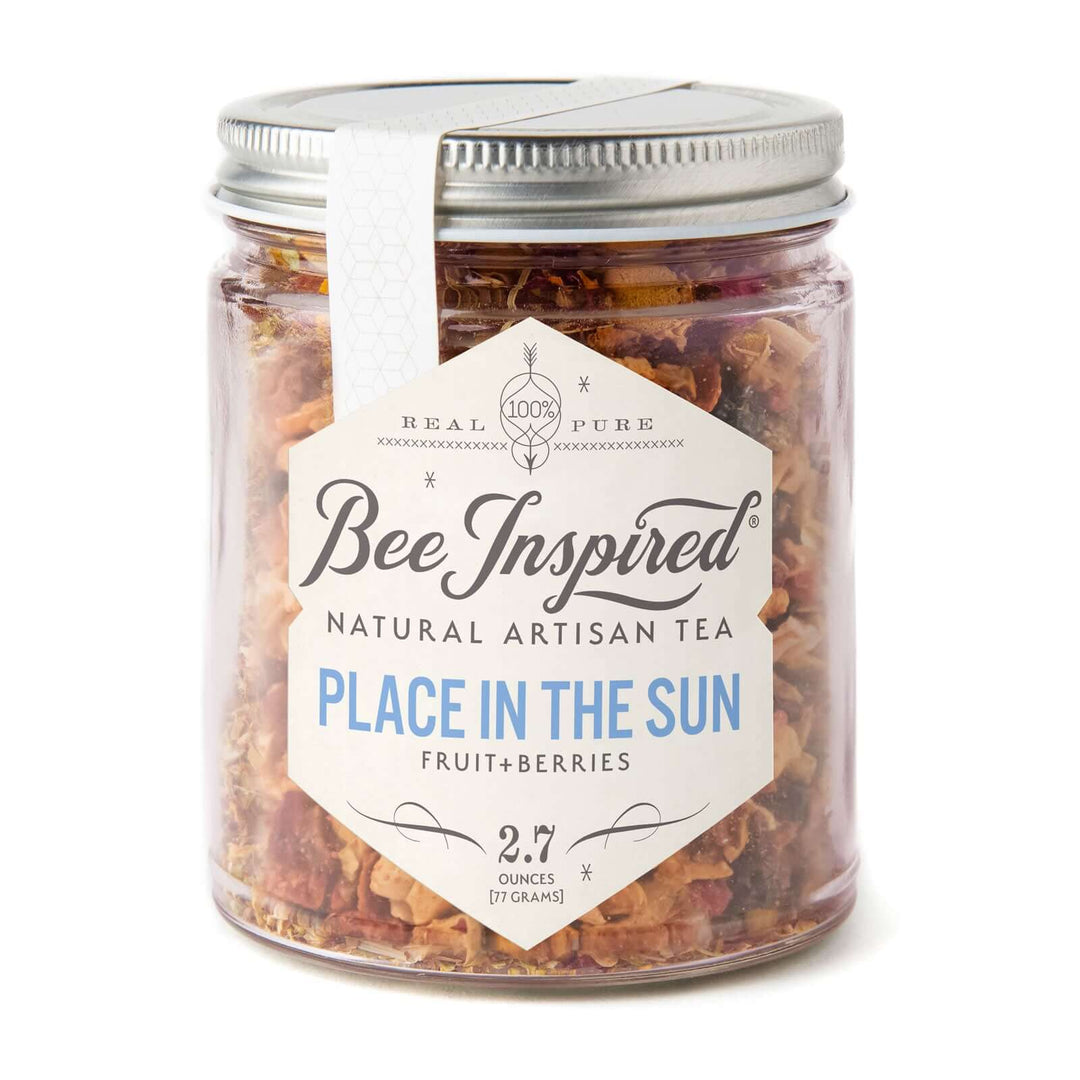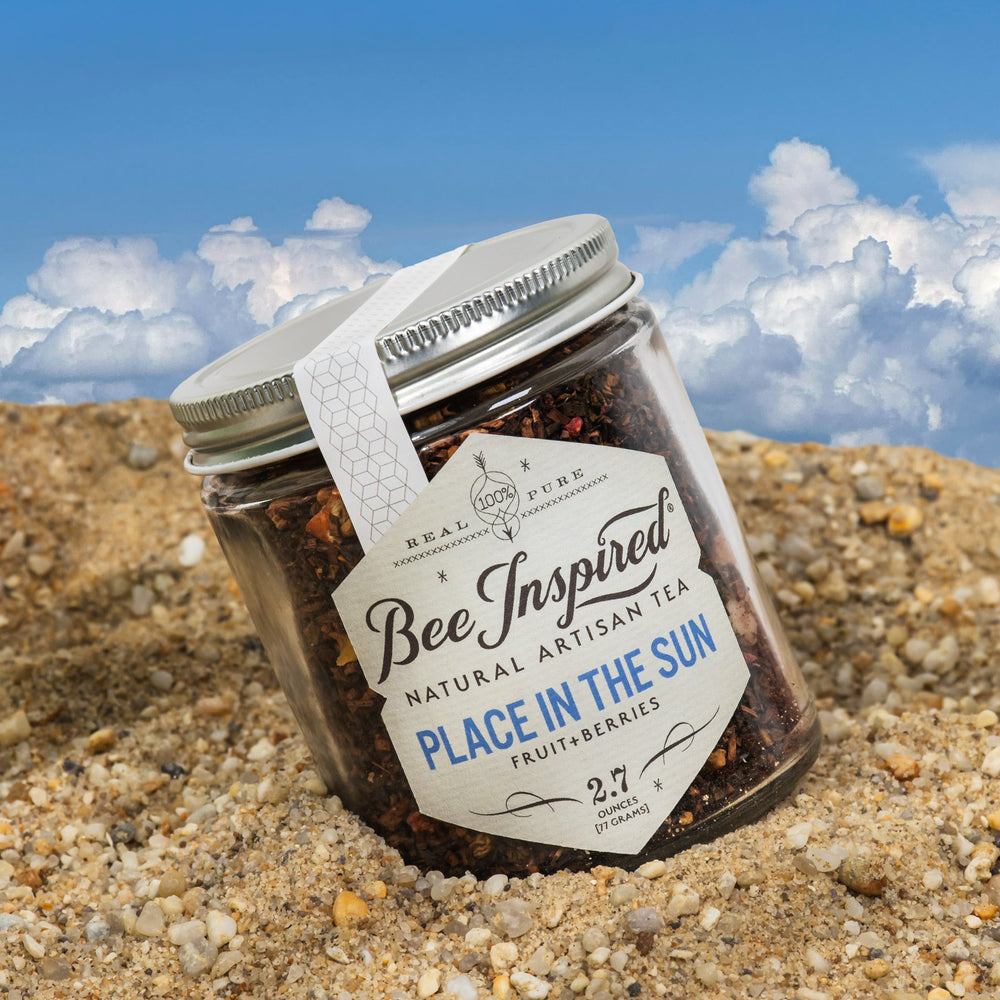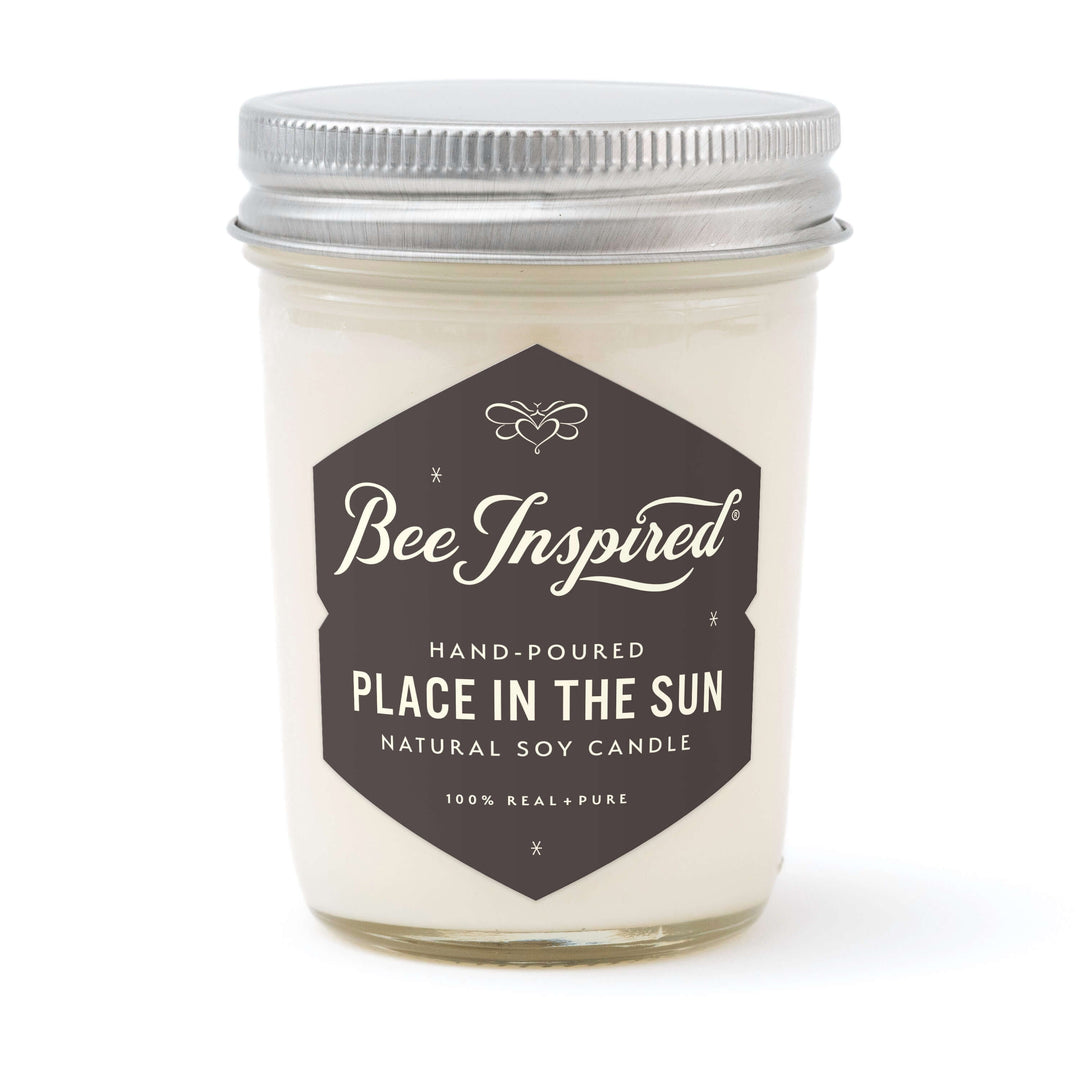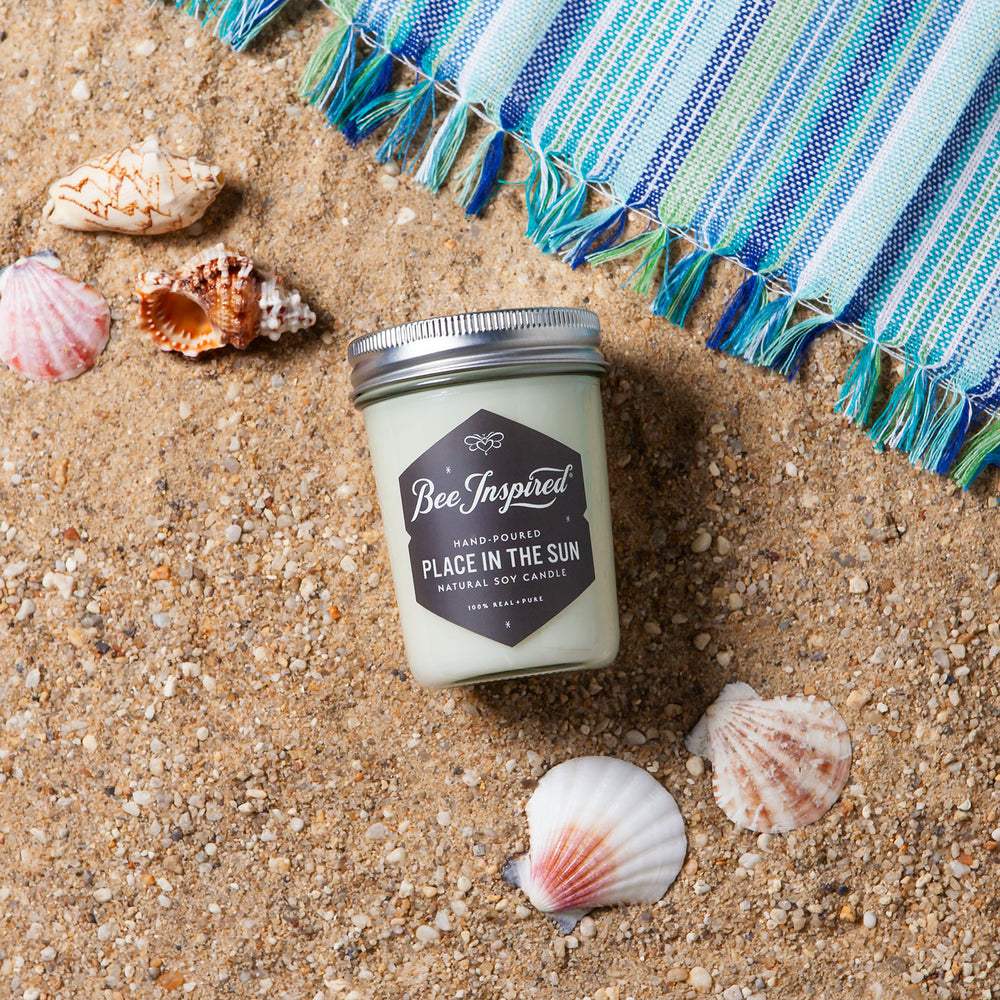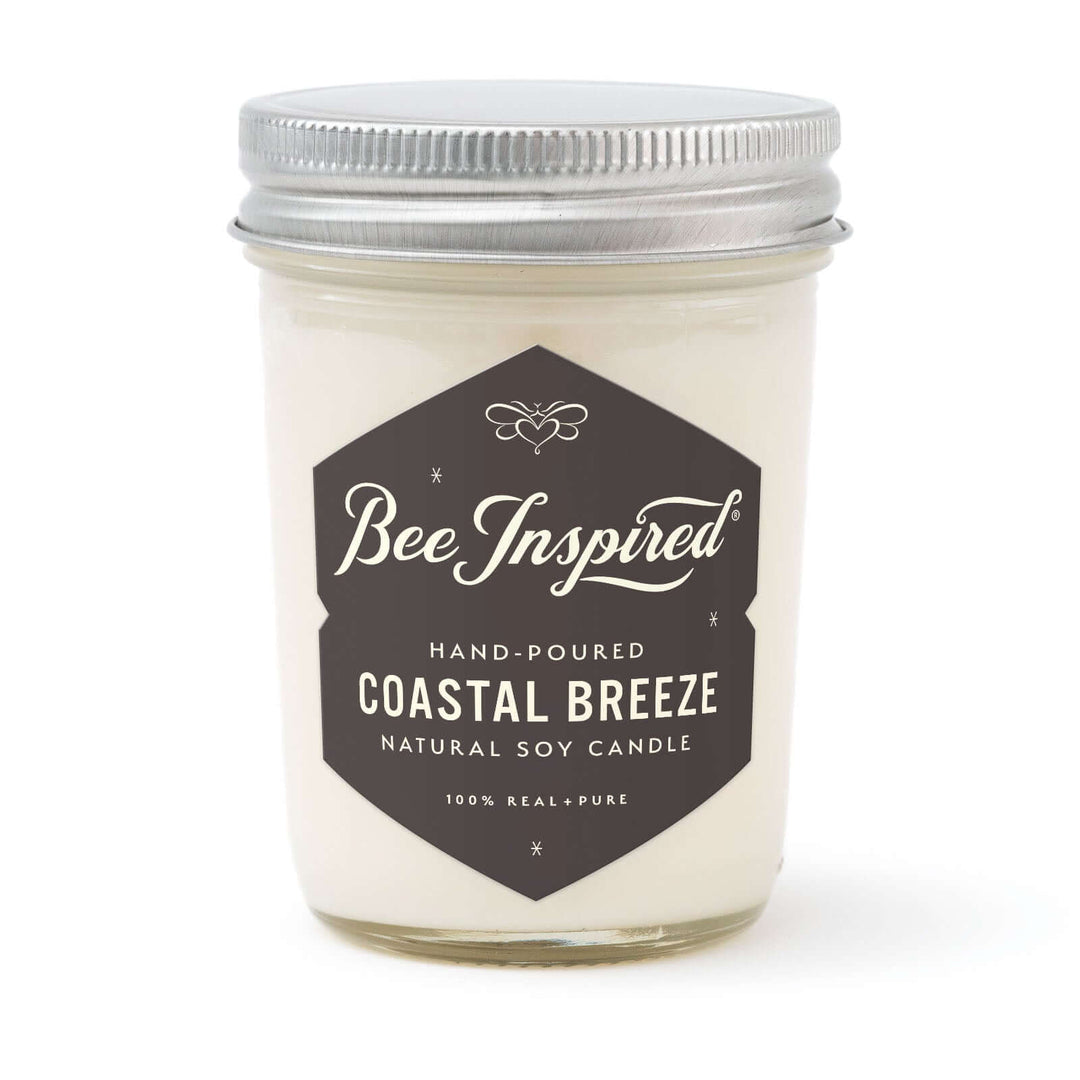Planting a vibrant pollinator garden and nurturing the ecosystem becomes a passion for every devoted beekeeper. By maintaining a thriving landscape abundant with diverse plant life, we guarantee our beloved bees are nourished and can produce the most exquisite honey. Creating your own pollinator garden, whether on an apartment balcony or in a larger yard, supports local biodiversity and promotes healthy ecosystems.

Introduction to Pollinator Conservation
Pollinator conservation is essential for maintaining the health of our ecosystem, and creating a pollinator garden is a great way to support pollinators. Native plants play a crucial role in this effort, as they provide the necessary food and habitat for native pollinators. By planting a pollinator garden, you can help attract pollinators such as bees, butterflies, and hummingbirds to your yard.
Pollinator gardens can be created in a variety of spaces, from small yards to large landscapes, and can be designed to be low-maintenance and easy to tend. To create a pollinator garden, you’ll need to choose the right location, prepare your garden bed, and select a variety of native plant species that will provide a constant source of food for pollinators.
By supporting pollinators, you’ll not only be helping to conserve these important species, but you’ll also be contributing to the overall health of your local ecosystem. Pollinator conservation is a collective effort, and every pollinator garden, no matter how small, can make a big difference in supporting pollinators.
Bees are Dying
In the United States, bee populations have significantly declined due to factors like starvation, parasites, pesticides, insecticides, climate change, and Colony Collapse Disorder. We must support the bees to help them thrive amidst these challenges.
Honeybee starvation is a basic problem we can solve by planting and maintaining pollinator gardens.

Land is Precious
Globally, millions of acres of natural land are cleared for industrial agricultural, commercial and residential use each year. In losing vast acreage, we lose naturally occurring wildlife habitats that offer diverse and healthy ecosystems.

About Pollinator Gardens
The state of our pollinators is dire, demanding immediate action. These vital creatures are essential to our ecosystems and food supply. However, habitat loss, pesticides, and climate change have pushed them to the brink. But there’s hope!
By creating thriving pollinator gardens - gardens which prioritize plants that provide food and shelter - we can help these industrious pollinators recover. These gardens play a crucial role in providing pollinator habitat, especially in residential areas.
Imagine a future garden teeming with life, buzzing with bees, and abundant with flowers, fruits, and vegetables. Join me in this blog as I share expert tips and plant recommendations to kickstart your pollinator garden.

Monoculture Farming vs. Pollinator Gardens
Farming is a big business, especially in rural areas where monoculture farming dominates with vast fields of genetically modified crops like corn and soy. Unfortunately, these crops lack food for bees and can expose them to pesticides. This harmful farming practice adversely affects bees instead of aiding them.
Maintaining land for native pollinators is crucial. Plant diverse hybrid and heirloom indigenous crops to support the ecosystem. Healthy soil and plant material are vital for butterflies, hummingbirds, and insects to thrive through pollination while being nourished.
Create a chemical-free pollinator garden in your backyard to support bees and other insects. By dedicating a small area to native plants, you protect them from human activities. These gardens are beautiful, low-maintenance, and provide a plentiful food source for bees, resulting in delicious honey. It's a win-win!

How Pollinator Gardens Work
Pollination is a vital relationship in nature between pollinators and flowering plants. The male and female parts of plants are brought together by a third party, the mighty honeybee, ensuring successful fertilization.
When it comes to pollination, bees are unique. Unlike other insects like flies, moths, and ants that merely transport pollen and nectar between plants, bees take it home and transform it into a distinct food source.
Bees collect nectar and pollen, which they store in the hive and turn into honey. Pollen provides protein for the bees, while honey serves as a vital food source during nectar scarcity, particularly in winter. Creating a pollinator garden offers a safe haven for honeybees in our industrialized world.

Choosing the Right Location
When choosing a location for your pollinator garden, consider the amount of sunlight the area receives, as most pollinator plants require at least 6 hours of direct sunlight per day. Also, think about the soil type and drainage in the area, as native plants prefer well-draining soil and can thrive in a variety of soil types.
If you have an existing lawn, consider converting it into a pollinator garden by using sheet mulching or raised beds. Choose a location that is close to a water source, such as a bird bath or a shallow dish filled with fresh water, as pollinators need water to drink and to cool their bodies. Avoid areas with standing water or where water tends to collect, as this can lead to habitat loss for pollinators.
Consider the local climate and choose plant species that are native to your area and can thrive in the local conditions. By choosing the right location, you’ll be able to create a thriving pollinator garden that will attract a variety of pollinators.
Growing a Pollinator Garden with Pollinator-Friendly Plants
Our farm on Chesapeake Island provides a humid subtropical climate, allowing for ample plant growth. Native species like sunflowers, wild bergamot, beardtongue, butterfly weed, mountain mint, asters, milkweed, and buttercups thrive in different areas. We continuously test and modify to determine the best plants for bees and ensure optimal growth.
We have a variety of flowers, including lavender, salvia, red shiso, and gooseneck loosestrife. These plants are not native to the area, but they offer abundant food for insects and pollinators. Confederate jasmine, another non-native species, has also appeared on the farm, providing a fragrant surprise. Overall, native plants are the best choice for bees because they produce the most nectar.

Spiderwort (Tradescantia)
Spiderwort is perfect for brightening up partially shady, damp areas where the ground is nutrient-rich and well-prepared. These plants rapidly form large clumps and bloom all summer. They also provide a healthy source of nectar in our pollinator garden.

Beardtongue (Penstemon Digitalis)
Beardtongue thrives in damp areas, spreading with tall stems, dark leaves, and bright white flowers in early summer. Its roots support its growth and spread, making it a favorite among bees and hummingbirds. This native plant also comes in pink, red, and orange shades. It’s a prolific plant for bees on the farm.

Irises (Iris)
Irises love damp soil and are great for growing among reeds and grass. Native irises have a different look compared to showy garden irises. They have shinier, more upright leaves and smaller, non-ruffled flowers. You can find potted irises or buy and plant rhizomes.

Milkweed (Asclepias Syriaca)
Milkweed and Butterfly Weed (Asclepias tuberosa) are stunning plants for pollinator gardens. Common milkweed grows in disturbed areas like roadways and overgrown fields. Butterfly weed has showy orange and yellow blossoms and is shorter than common milkweed. Common and swamp milkweeds thrive in bright, sunny locations, wet or dry. They spread on their own after arriving via floating seeds. Milkweeds are the sole food source and essential host plants for monarch butterfly caterpillars.

Wild Bergamot (Monarda Fistulosa)
Wild bergamot thrives in meadows, resembling whimsical creations from Dr. Seuss’s books. Its lavender blooms with tufts and whiskers bend and arch, attracting hummingbirds and bees. This mint family member, also known as bee balm, can be used in teas for a refreshing lemon-like flavor.
To enhance soil quality for Wild Bergamot, it is important to use nutrient-rich compost.

Joe Pye Weed (Eupatorium)
Grow Joe Pye Weed in your garden - it thrives in rich, well-drained, and damp soil. It spreads easily, except in hot, dry areas. You’ll find it in wet spots like stream banks, marshes, and roadside gullies. Using mulch can help retain soil moisture, ensuring optimal growth for Joe Pye Weed.

Coneflower (Echinacea)
Coneflower comes in various colors like red, orange, and green. They form hardy clumps, serving as food sources for insects and songbirds, which will eat the seeds. Native coneflowers are purple and pink, while hybrids attract bees. Add coneflowers to your pollinator garden to make birds and bees happy.

False sunflowers (Heliopsis Helianthoides)
False sunflowers are vibrant yellow blooms on tall shrubs. They thrive in sunny areas with moist soil, attracting butterflies and bees. They are commonly found in meadows and open woodlands, spreading through seeds. To plant False Sunflowers effectively, scatter seeds during fall or late winter, mixing them with sand for better visibility and spreading, and cover them lightly to protect from birds.

New England Asters (Symphyotrichum Novae-Angliae)
New England Asters bloom in late summer-fall, adding bursts of color before winter. They provide food for honeybees and migrating butterflies. Trim them until June to keep them compact. Available at nurseries, they grow easily in various soil types, including clay. For best results, use appropriate seed mixes specifically designed to attract pollinators and enhance biodiversity.

Goldenrod (Solidago)
Goldenrod is a late-blooming cousin of the aster that thrives in full or partial sun, attracting butterflies and feeding bees. To control its spread, choose well-behaved hybrid varieties from nurseries. Bees produce goldenrod honey if there are enough plants. The seeds also feed songbirds, so a large clump isn’t all bad!

Partridge Pea (Chamaecrista Fasciculata)
Partridge pea is a beautiful native legume with small yellow flowers that attract bees and butterflies. As one of the natives, it is well-suited for local conditions and grows in various soil types, often crawling through other plants. Another related variety, Chamaecrista nicitans, is known as the “sleeping plant” because its leaves fold when touched.

Oxeye Daisies (Leucanthemum Vulgare)
Oxeye daisies are European perennials that provide abundant nectar for bees but can become invasive. Our farm cultivates them in small patches. Find various daisy varieties that bloom throughout summer at your local nursery.

Showy Tick Trefoil (Desmodium Canadense)
Showy tick trefoil is a beautiful ornamental legume with orchid colored blooms that attract bees and hummingbirds. It’s best started by seed and prefers soil that isn’t too dry or hot.

Coreopsis (Coreopsis)
Coreopsis is a native plant of North America’s east coast. It blooms bright yellow daisy-like flowers in summer and fall. Different varieties add interest to meadows with various flower sizes and unique foliage shapes. Lance-leaved coreopsis prefers dry conditions and grows well in different soil types. Plains coreopsis, an annual, features showy yellow blooms with rust-colored splotches in dry field areas. Coreopsis spreads easily due to abundant seed production.
Coreopsis is also an excellent choice for native plant pollinator gardens, providing vibrant color and attracting beneficial insects.

Wild Lupine (Lupinus Perennis)
Plant wild lupines in loose, sandy soil, ensuring they are properly planted to establish a thriving garden. These beautiful flowers bloom in late spring, attracting butterflies and bees. They go dormant in the summer and thrive in rocky areas. Start with seeds or young plants to create clumps in your gardens or meadows.

Black-Eyed Susan (Rudbeckia Hirta)
Black-eyed Susans are versatile plants, suitable for various garden settings including traditional lawns, acting as annuals or short-lived perennials. Plant them in well-drained soil to ensure optimal growth. They’ll reward you with beautiful swaths of yellow, attracting bees and butterflies.

Tips and Tricks on Growing Pollinator Gardens
We let our farm gardens grow freely, resulting in delightful surprises as different flowers mix and mingle. Although we do replant parts of the fields annually, we still enjoy large unplanned patches of wildflowers. These self-sufficient blooms not only attract bees but also exhibit their resilience. It's a great idea to conduct additional research on native plants specific to your area to further enhance your pollinator garden.
To ensure strong wildflower growth:
- Water and provide ample space.
- Control weeds and grasses.
- Add seed-free straw to prevent invasive species.
- Protect from deer and rabbits with chicken wire or netting.

Allow some of your plants to go to seed. This will increase the size of your plant colonies without you needing to spend more money on potted plants!
Take care of your pollinator garden by avoiding pesticides that could harm your helpful bugs. Instead, opt for eco-friendly solutions like dish soap, water, salts, lemon juice, or garlic.
If you need help finding what plants are best suited for your area, do some research with The Xerces Society.
Resources
- Farming for Bees Guidelines for Providing Native Bee Habitat on Farms
- Pollinator-Friendly Native Plants Lists
- Plant Lists by Region
- Plant Lists and Collections
- Identify Pollinators
- How Bees Make Wax






